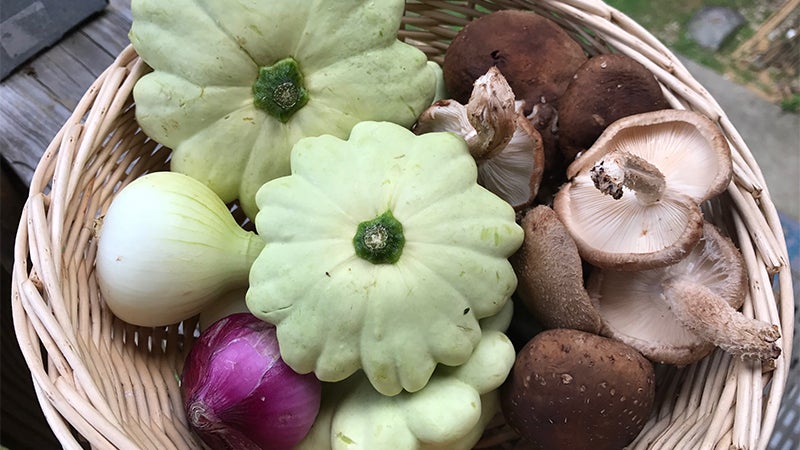Summer Seed Watch
Published 8:05 am Wednesday, June 18, 2014
Things are getting round and ripe in your garden and that means it is time to start thinking about saving seeds. If left to themselves, many fruits and vegetables would fall to the earth where some of their seeds would sprout come spring again.
Saving seeds from these plants mimics nature’s way and it is not at all difficult to do. Home gardener’s best choice for seed saving are open-pollinated seeds and plants that produce through natural pollination without breeding controls. The packet that the seeds came from will tell you if they are the open-pollinated or hybrid. And, except for tomatoes, the plants shouldn’t be cross-pollinated by insects which would happen if several varieties grew in the same area. Such saved seeds might grow into something that resembles the parent, or something tough and tasteless.
Tomatoes are self-pollinating. So if you avoid hybrid varieties, you will be able to grow the same tomato next year from seeds you save this year – even if different varieties were grown close together. That’s not the case with peppers and eggplants. Their flowers can be cross-pollinated by insects, so different varieties of these should be separated by 500 feet for the seeds to be pure.
Your best choices for planting your summer garden are to use your own seeds and other locally grown seeds that are open-pollinated, non-hybrid, heirloom, organic or certified naturally grown or wild-crafted.
Wild-crafted means collected from wild plants growing in natural environments. Certified Naturally Grown is a self-regulating, non-profit agency that upholds the USDA organic standards. Be aware that hybrid seeds are also labeled as (F1) and are produced by cross-pollinating two distinct inbred parents. Seed to completely avoid include Industrial (F1) hybrid seeds, GMO seeds, “Big-Box” seed rack seeds, industrially-produced “one-size-fits-all” seeds from large corporate seed companies.
Treated seeds are coated with a chemical fungicide or pesticide and are never allowed in organic gardens. They can usually be identified by their fluorescent colors such a pink or blue. GMO (genetically modified organisms) seeds have been lab-engineered to contain genes from other life forms. For a list of seed companies pledging not to sell GMO seeds visit www.councilforresponsiblegenetics.com.
Organic seeds follow a set of standards that eliminate or reduce chemical inputs and are regulated by the USDA National Organic Program. These are the still the consumer’s best bet for safety and health if they do not know the source of their food or seeds. Also, whenever possible, source your seeds first from the area where you live.
Ask at our local farmers markets this week or stop by the Mill Spring Farms Store at the Ag Center and at the Manna Cabanna in Saluda, which opens June 18 for a Wednesday through Saturday, roadside connection to local organic food and networking information or to join the local organic summer/fall CSA program which is 18 weeks of local organic fruits and vegetables while other non-gmo products and pasture-raised meats are available.
If the diversity you seek is not found locally, source regionally grown seeds that can also include organic hybrid seeds. This would be a good alternative. Look to regional seed companies with similar climates and similar latitudes that also include a dedication to genetic diversity.
Certified organic seeds are great but let›s not sacrifice diversity by purchasing only organic seeds. Over the last century, we’ve lost a large percentage of the world’s crop diversity. Many of the remaining rare, heirloom seeds are not yet available as organic, but are also still heirloom and not hybrids or GMO’s.
Find these seeds, grow them organically, and then save them and in one season add another treasure to the world’s growing collection of organic seeds.


